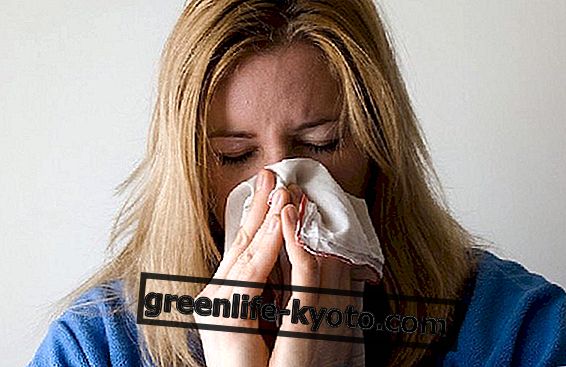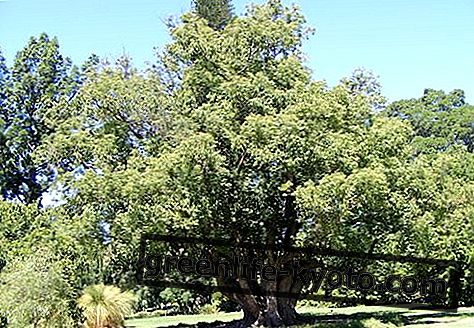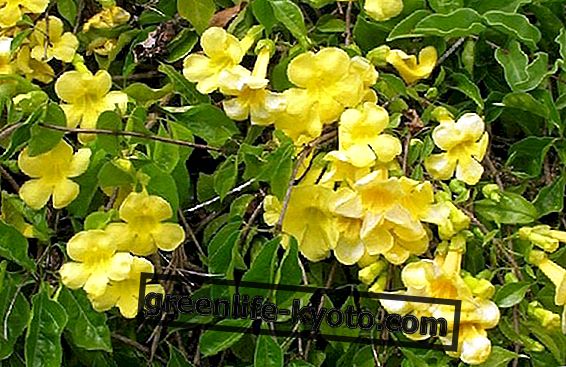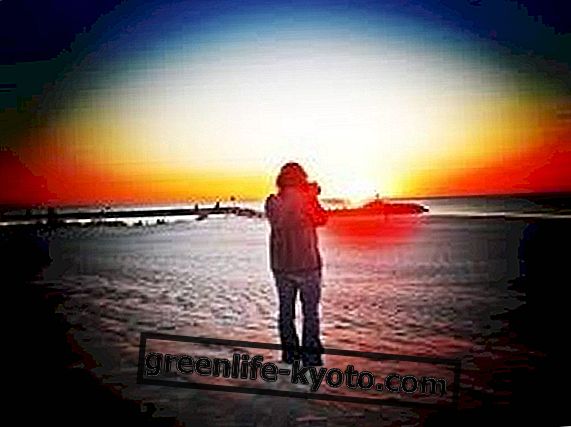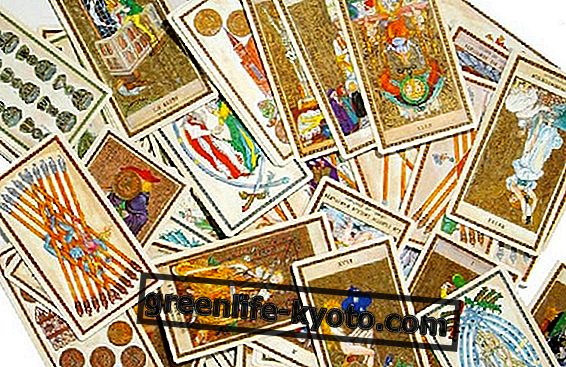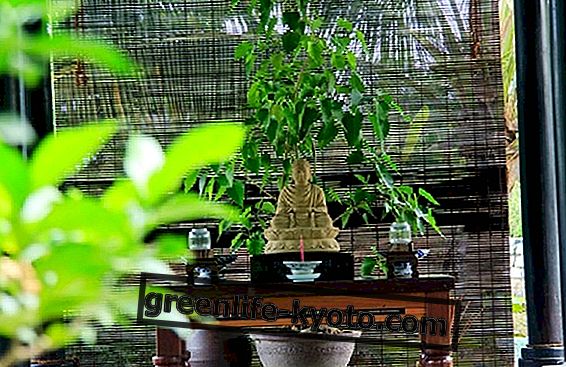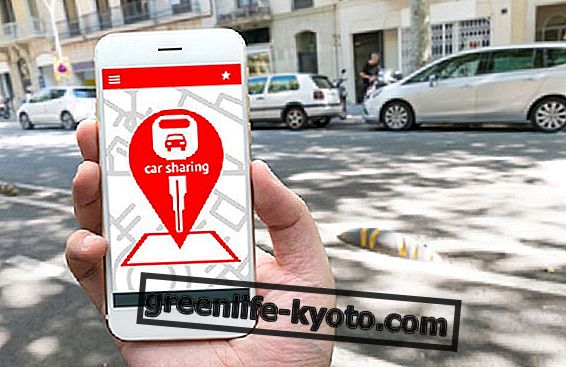
Acupuncture map
The dictionary specifies that " map " means a detailed graphical representation of a zone or the representation of the position of a point in a defined area. An acupuncture map is roughly the same. The areas that will delimit are those relating to the human body. The dots symbolize the acupoints on which to intervene and usually the corresponding name or abbreviation is reported.
Acupuncture maps foreshadowed in ancient texts of traditional Chinese medicine. The first bibliographical references relating to Chinese acupuncture can be found in the Huangdi Neijing, the ancient Chinese text of foundations of internal medicine, dating back 300 years before Christ. It is curious to recall that the terminology we know today, which includes terms such as "meridian" and "acupoint", is actually not so ancient, as it was introduced in the 20th century by Georges Soulié de Morant.
The expression " acupuncture map" makes us think of an ancient parchment yellowed by time, on which different characters, perhaps in traditional clothes, have studied and taken specific points. Actually, finding an acupuncture map today is not impossible. And more and more often, the screen is preferred to paper, among other things not necessarily yellowed.
There are many books containing acupuncture maps, both general and detailed. The best known is the auriculotherapy map, depicting the entire organism reflected in the ear. Same happens for hand and foot, thanks to the reflexology maps of the hand and foot . Do not miss the map of energy meridians. In addition to books, you can purchase acupuncture map prints in line with tradition.
But not only. Electronic acupuncture maps also exist. Not on paper then, but on the net. Of course, here the charm of tradition disappears. But we must not be too "fussy".
The path to follow on the acupuncture map
The journey is long and complex. But since everything is linked, we will always return to where we started. A closed, complete, holistic circuit.
The highways on which energy flows are the meridians . There are twelve main channels, called meridians, which extend vertically, bilaterally and symmetrically; each channel corresponds and connects internally to each of the twelve organs, called zang fu .
This means that there are six yin and six yang channels; there are three yin and three yang channels running on each arm, three yin and three yang on each leg.
The three yin channels of the chest (lung, pericardium and heart), begin from the chest and travel along the inner face (mainly the anterior portion) of the arm, towards the hand.
The three yang channels of the hand (large intestine, san jiao and small intestine) start from the hand and travel along the outer face (mainly the posterior portion) of the arm, towards the head. The three yang channels of the foot (stomach, gall bladder and bladder) start from the face, in the region of the eye and descend along the body along the outer face (mainly the anterior and lateral portion) of the leg, towards the foot.
The three yin channels of the foot (spleen, liver and kidneys) start from the foot and travel along the inner face (mainly the posterior and medial portion) of the leg, towards the chest or the hip.
And you travel in both directions. The flow of qi through each of the twelve channels includes an internal and an external pathway. The external route is the one normally shown on the acupuncture map and is relatively superficial. All the acupuncture points of a channel reside in its external pathway.
Suggested itinerary. The superficial paths of the twelve channels describe three complete body circuits. The energy flow through the meridians is as follows: from the "lung" channel of the hand ( taiyin ) to the "large intestine" channel of the hand ( yangming ), passing through the "stomach" channel of the foot ( yangming ), the spleen "canal" "of the foot ( taiyin ), the channel" heart "of the hand ( shaoyin ), the channel" small intestine "of the hand ( taiyang ), the channel" bladder "of the foot ( taiyang ), the channel" kidney "of the foot ( shaoyin ), the "pericardium" channel of the hand ( jueyin ), the san jiao channel of the hand ( shaoyang ), the "gallbladder" channel of the foot ( shaoyang ), the "liver" channel of the foot ( jueyin ), and then again for the "lung" channel of the hand ( taiyin ).

